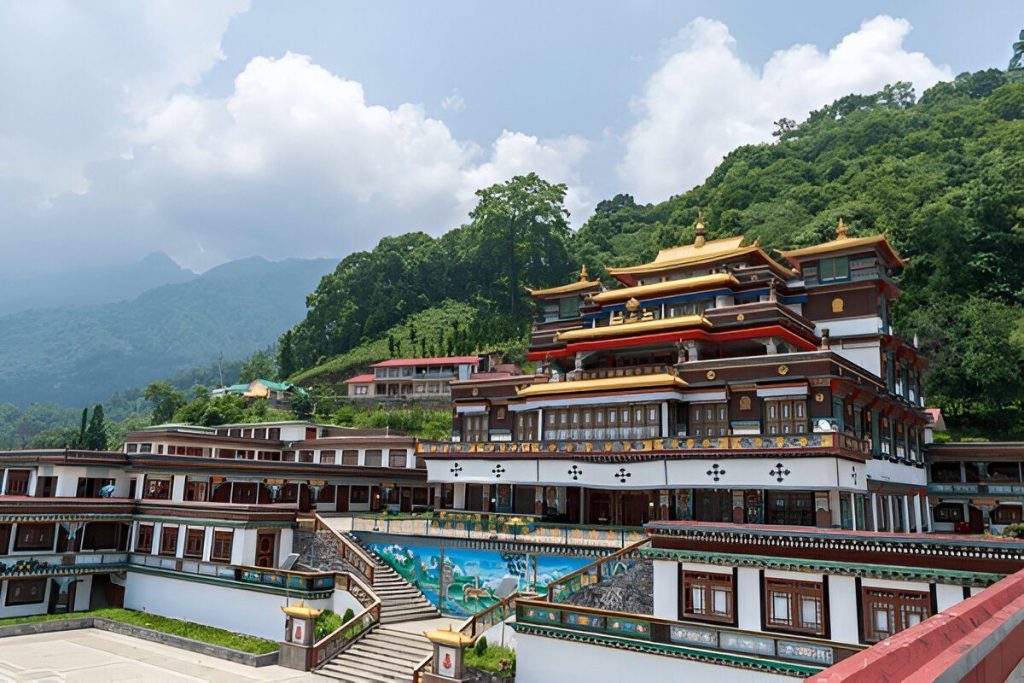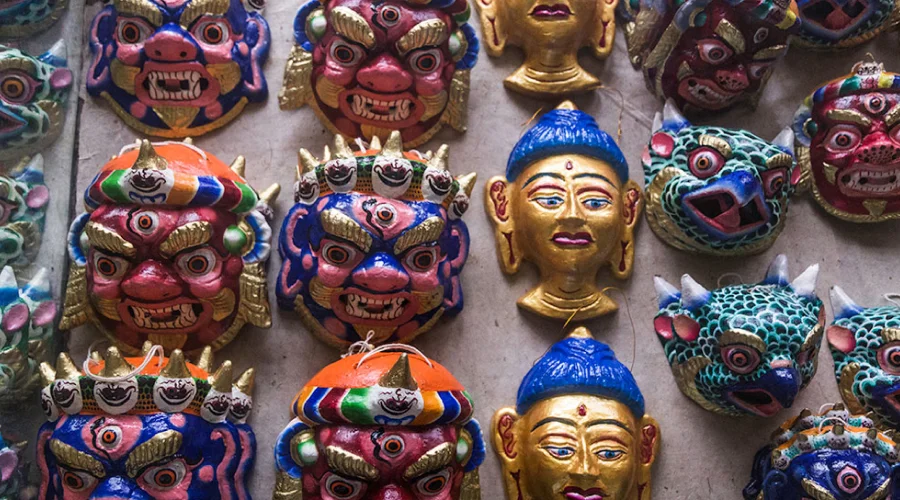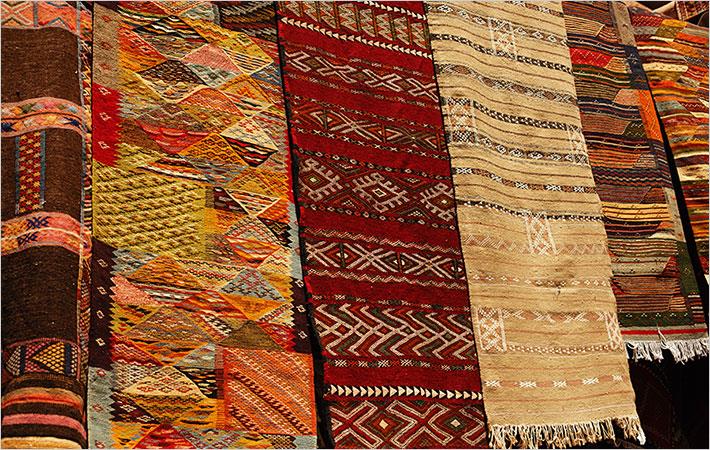
Sikkim is a small but culturally rich state located in the northeastern part of India. Nestled in the lap of the Eastern Himalayas, it shares borders with Nepal to the west, China to the north, Bhutan to the east, and West Bengal to the south. Known for its breathtaking landscapes, rich biodiversity, and profound cultural heritage, Sikkim is India’s second smallest state and is famous for its vibrant mix of indigenous cultures, traditions, and religions. The state is also a significant location for Buddhist heritage, with monasteries and stupas dotting its landscape.
The capital of Sikkim is Gangtok, which is perched on a ridge overlooking the great Kanchenjunga, the third-highest peak in the world. Sikkim is a landlocked state, covering an area of about 7,096 square kilometers. Its population is diverse, consisting of various ethnic groups, including Lepchas, Bhutias, and Nepalis.
Historical Facts of Sikkim
Early History: The history of Sikkim can be traced back to the Lepcha people, who are considered the indigenous inhabitants of the region. According to Lepcha mythology, the creation of Sikkim was a divine act, and the Lepchas believed that they were placed in this area by the divine forces to protect the land and its natural resources. The Bhutia people, who migrated from Tibet, began to settle in the region in the 14th century, bringing their culture, language, and Buddhism with them.
Foundation of the Kingdom of Sikkim (17th Century): The Kingdom of Sikkim was founded in the early 17th century by Phuntsog Namgyal, who became the first Chogyal (king) of Sikkim. Phuntsog Namgyal was a Bhutia leader who claimed his authority from the Tibetan emperor. He consolidated the various smaller chiefdoms of the region and established Sikkim as a Buddhist kingdom. Under the Namgyal dynasty, Sikkim became a protectorate of Tibet.
Phuntsog Namgyal’s reign marked the beginning of a long-standing relationship between Sikkim and Tibet, as the region was influenced by Tibetan culture and Buddhism. The Chogyals (monarchs) of Sikkim were also seen as the spiritual leaders of the local Buddhist population.
The British Influence (19th Century): During the 19th century, British colonial interests began to expand into the Indian subcontinent, and Sikkim found itself caught between the colonial ambitions of the British Empire and its relationship with Tibet. In the early 1800s, Sikkim was recognized as a British protectorate, which gave the British control over certain aspects of Sikkim’s foreign policy, but the region retained its autonomy under the Chogyal.
Sikkim’s strategic position between British India and Tibet made it an important area for the British. In 1861, after a series of skirmishes, the British forced Sikkim to accept the Treaty of Titalia, which granted the British a greater say in the region’s affairs.
The 20th Century and Indian Integration: The early 20th century saw internal strife in Sikkim, including struggles for control by local forces, which were further complicated by the increasing interest of the British and later, India. The Chogyal monarchy continued to rule over Sikkim with varying degrees of autonomy under British suzerainty.
After India gained independence in 1947, Sikkim maintained its status as a semi-autonomous kingdom, though it was increasingly under the influence of India. Following the Indian independence movement and the signing of the Treaty of Titalia (1950), which effectively made Sikkim a protectorate of India, the state gradually aligned more with India.
Sikkim’s Merger with India (1975): The pivotal moment in Sikkim’s history came in 1975 when the Indian government, led by Prime Minister Indira Gandhi, intervened to end the monarchy of the Chogyal. Amid political unrest, economic difficulties, and a growing desire for greater integration with India, a referendum was held in Sikkim, and the majority of the population voted in favor of abolishing the monarchy and joining India as its 22nd state.
On May 16, 1975, the Chogyal (King) Palden Thondup Namgyal was overthrown, and Sikkim officially became the 22nd state of the Indian Union. The state has been a part of India ever since.
Modern Sikkim: Since its integration into India, Sikkim has undergone significant changes. Its economy has shifted from being primarily agrarian to one with a focus on tourism, hydropower, and organic farming. The state government has also been active in promoting eco-tourism, showcasing Sikkim’s rich natural beauty, which includes its flora, fauna, and natural landscapes. Additionally, Sikkim has gained recognition as the first state in India to be certified fully organic, a move that has earned the state both national and international acclaim.
In terms of governance, Sikkim follows the same democratic structure as the rest of India, with a legislative assembly and a chief minister. However, it retains its unique cultural and religious traditions, which continue to thrive today.
Cultural and Religious Heritage
- Buddhism: Buddhism, particularly Tibetan Buddhism, has had a profound influence on the cultural and religious life of Sikkim. The state is home to several famous monasteries, such as Rumtek Monastery, Tashiding Monastery, and Pemayangtse Monastery, all of which are important spiritual centers for Buddhists.
- Festivals: Sikkim celebrates various festivals, including Losar (Tibetan New Year), Buddha Jayanti, and Lhosar, which reflect the state’s strong Buddhist heritage. Hindu festivals such as Dashain and Tihar are also celebrated by the Nepali population.
- Ethnic Diversity: Sikkim is home to a diverse range of ethnic groups, primarily the Lepchas, Bhutias, and Nepalis, each with their own languages, customs, and traditions. This ethnic mix contributes to the rich cultural tapestry of the state.
Sikkim, though small in size, holds a special place in the heart of India due to its cultural, spiritual, and historical significance. From its humble beginnings as a small kingdom to its integration into the Indian Union, Sikkim’s journey is one of resilience and transformation. Today, it stands as a symbol of peaceful coexistence, sustainable development, and the preservation of ancient traditions amidst modernity.
INDIAINNINGS
Campaigns
- Diwali Special
- Independence Day Celebrations
- Holiday on Holi day
- New Year Specials
Help
- Order Tracking
- Terms & Conditions
- Privacy Policy
- Tutorials
- FAQ
Help
- Facebook Chat
- Whatsapp Help
- E-mail Support
- Contact



